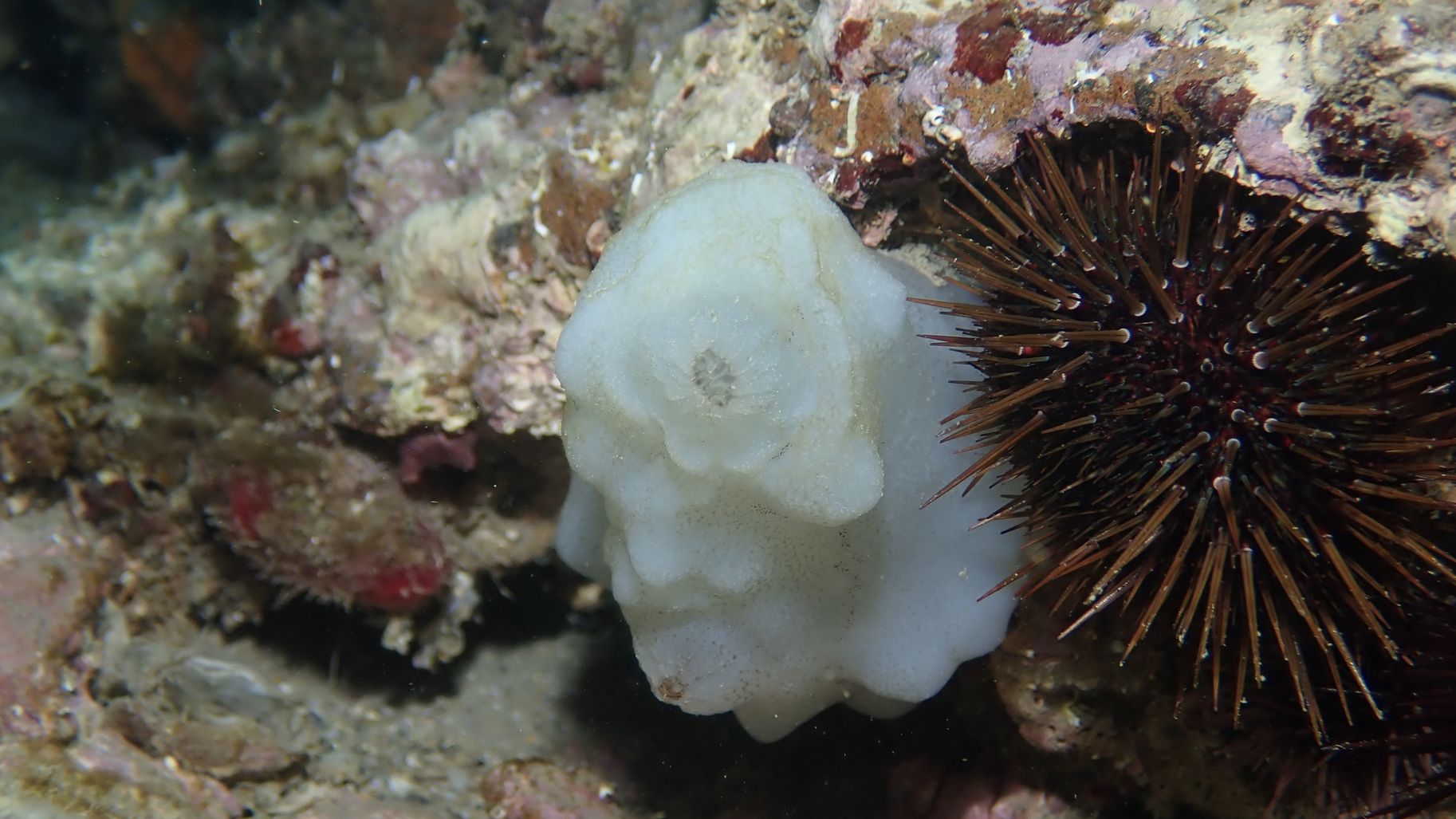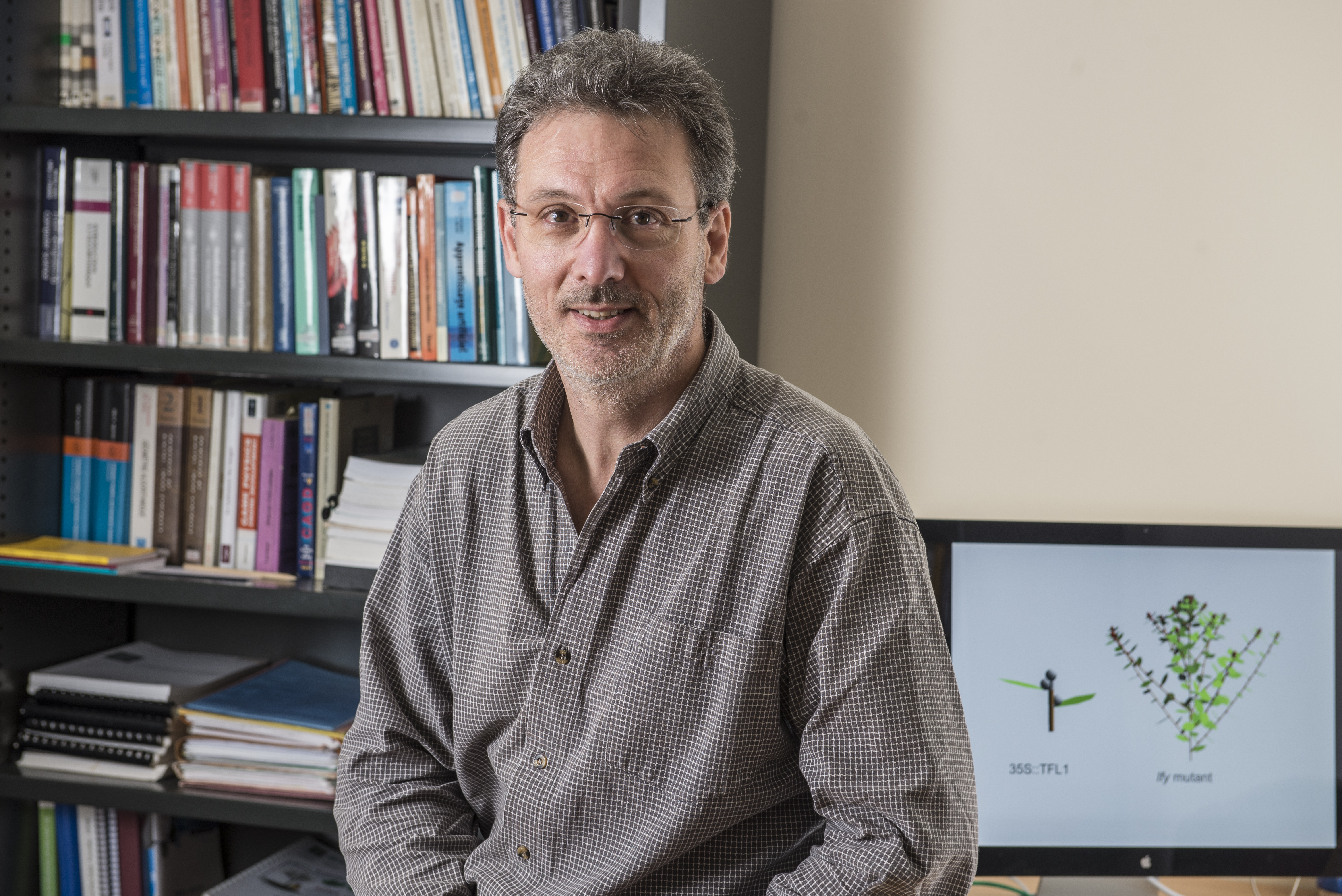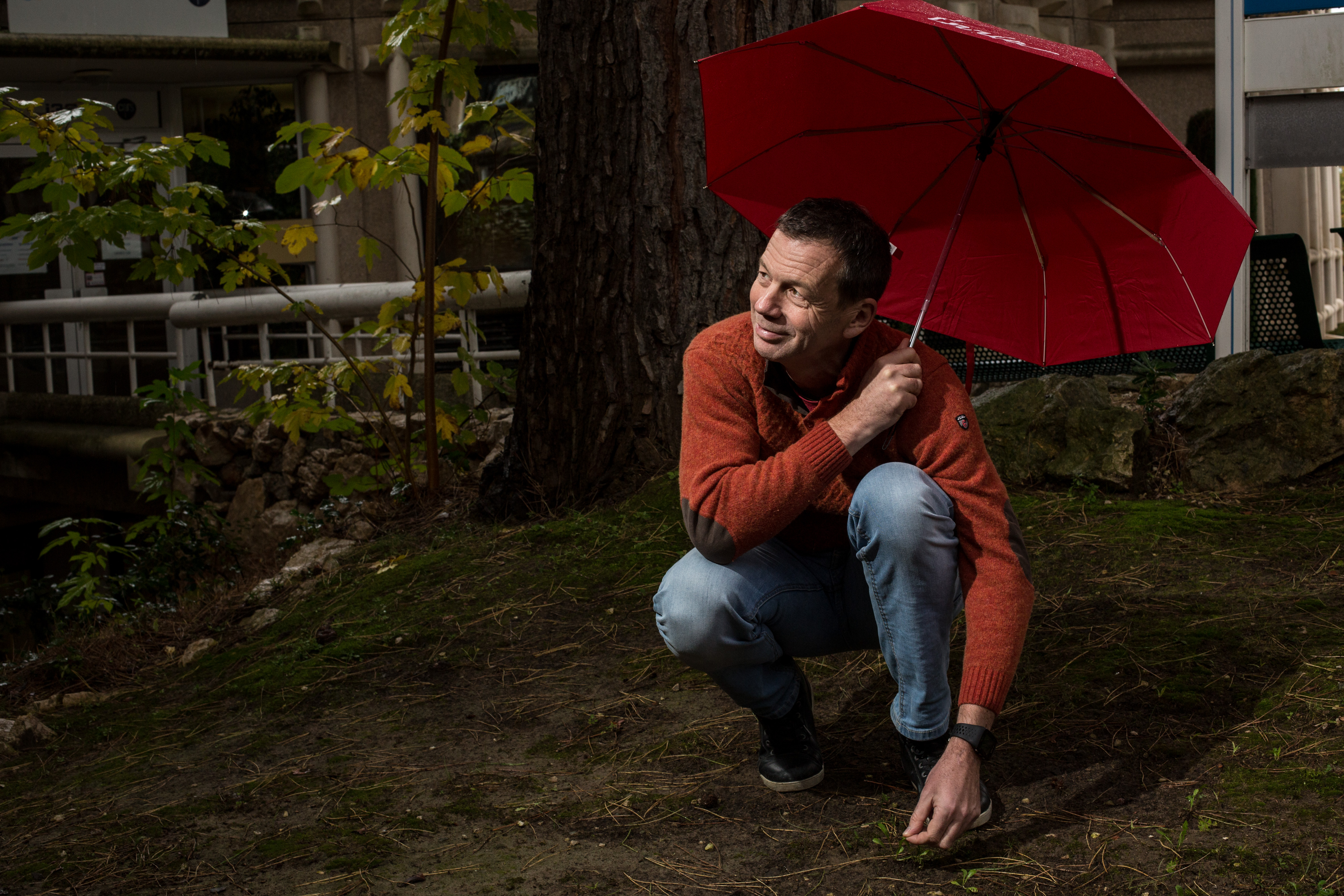Shouting or Whispering: The Embryonic Cell Dilemmas
Date:
Changed on 24/08/2020

The purpose of this article is to shed light on the state of knowledge in the field of embryonic development. As cells divide, they take on increasingly precise roles in the body. Epidermal cells, muscular or neuronal, the different cell types that make up the embryo emerge little by little from a very fine orchestration of the positions of the cells, coordinated by the signals they exchange with each other. Like us, the cells "talk" to each other to make decisions.
Until this study, the development of an animal organism was considered to involve long-range cell-to-cell communications. This work shows that, in a small marine animal close to vertebrates, such development can also result from very short-range communications through direct cell-to-cell contact.
To advance our knowledge of embryonic development, it is now necessary to systematically quantify the dynamics of cellular behaviour. To do this, new, faster microscopes must be developed without disturbing the system under study. Downstream, these observations produce such quantities of data that it is necessary to develop new methods of computer analysis. Even further downstream, the integration of this data on the anatomy of the embryo with genetic data has made it possible to simulate by computer the emergence of the different tissues of the embryo. Answering these questions required bringing together a group with expertise in biology, physics, computer science and mathematics.
This work opens new perspectives on the understanding of strategies of self-organization of living forms.
This is a fundamental biology study that advances the field of developmental biology on both a methodological and conceptual level. Methodologically, we have developed new methods for microscopy, image analysis and complex data visualization. Conceptually, our study indicates that the dynamics of cell movement are strongly related to the useful range of signals that cells exchange with each other. By extending the repertoire of cellular communication mechanisms, this work opens new perspectives on the understanding of self-organization strategies of living forms.
This work shows the contribution of computational biology, where the computer becomes an investigative tool, just like a microscope, to decipher living things. In this study, the tools put at the service of modeling, developed by a consortium including the EPIs Inria Morpheme and Mosaic (formerly Virtual Plants) as well as a team from the MBRC (Montpellier) and EMBL (Heidelberg), have revealed how, by "whispering" together, the cells of the embryo of the sea squirt, a marine animal, manage to gradually determine their different cell types.

